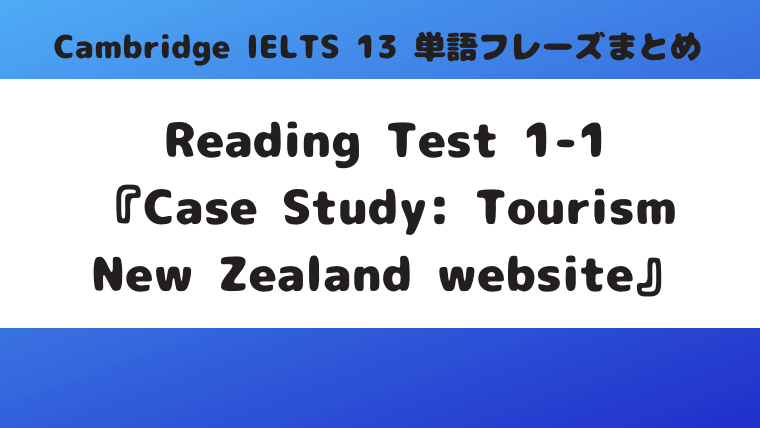Are you hoping to find 'case study new zealand tourism ielts reading'? You will find all the information on this section.
Table of contents
- Case study new zealand tourism ielts reading in 2021
- Eco tourism ielts reading answers passage 3
- Ielts study material
- New zealand's early crafts and tradition reading answers test 2
- Birds in new zealand ielts
- Artist fingerprints ielts reading answers
- Mini ielts tourism
- Ielts reading articles
Case study new zealand tourism ielts reading in 2021
 This image demonstrates case study new zealand tourism ielts reading.
This image demonstrates case study new zealand tourism ielts reading.
Eco tourism ielts reading answers passage 3
 This image demonstrates Eco tourism ielts reading answers passage 3.
This image demonstrates Eco tourism ielts reading answers passage 3.
Ielts study material
 This image illustrates Ielts study material.
This image illustrates Ielts study material.
New zealand's early crafts and tradition reading answers test 2
 This picture representes New zealand's early crafts and tradition reading answers test 2.
This picture representes New zealand's early crafts and tradition reading answers test 2.
Birds in new zealand ielts
 This image illustrates Birds in new zealand ielts.
This image illustrates Birds in new zealand ielts.
Artist fingerprints ielts reading answers
 This picture demonstrates Artist fingerprints ielts reading answers.
This picture demonstrates Artist fingerprints ielts reading answers.
Mini ielts tourism
 This picture representes Mini ielts tourism.
This picture representes Mini ielts tourism.
Ielts reading articles
 This image demonstrates Ielts reading articles.
This image demonstrates Ielts reading articles.
How did the Tourism New Zealand website work?
The website also had a `Your Words` section where anyone could submit a blog of their New Zealand travels for possible inclusion on the website. The Tourism New Zealand website won two Webby awards for online achievement and innovation. More importantly perhaps, the growth of tourism to New Zealand was impressive.
Which is the best passage for IELTS reading?
This IELTS Reading post deals with a total solution package for IELTS Cambridge 13 Reading test 1 passage 1. This is a targeted post for candidates who have major difficulties in finding and understanding Reading Answers. This post can guide you the best to understand every Reading answer easily and without much difficulty.
Where is the answer in line 7 of IELTS?
The answer is found in paragraph 7. Here, lines 4 and 5 states, “Because of the long-haul flight, most visitors stay for longer (average 20 days) and want to see as much of the country as possible on what is often seen as a once-in-a-lifetime visit.”
Why is IELTS important to Tourism New Zealand?
On the website, visitors can search for activities not solely by geographical location, but also by the particular nature of the activity. This is important as research shows that activities are the key driver of visitor satisfaction, contributing 74% to visitor satisfaction, while transport and accommodation account for the remaining 26%.
Last Update: Oct 2021